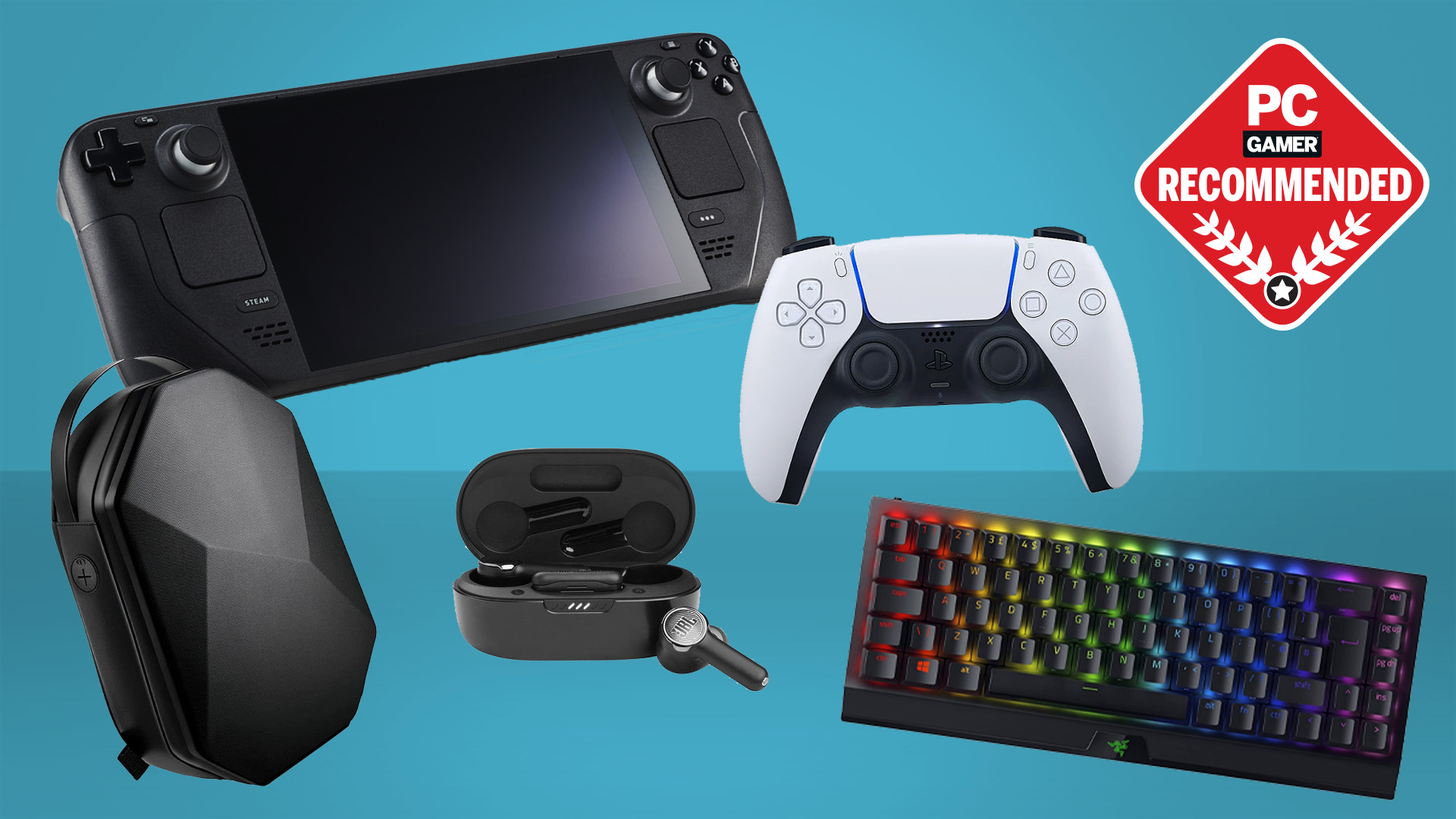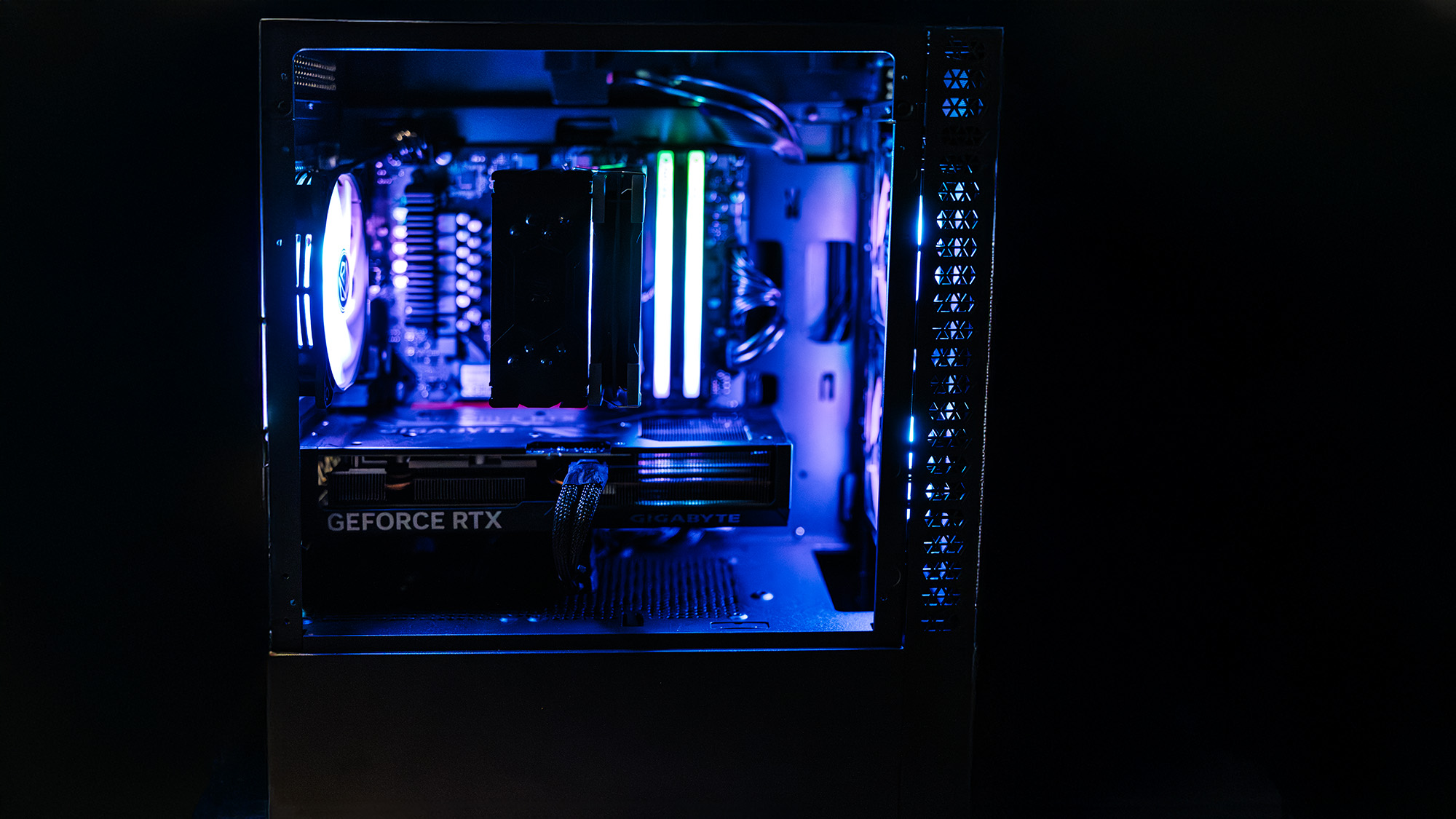The Steam Deck 2 doesn't need to happen because Valve will win either way (though I hope it does)
Valve is thinking of the Big Picture (literally).
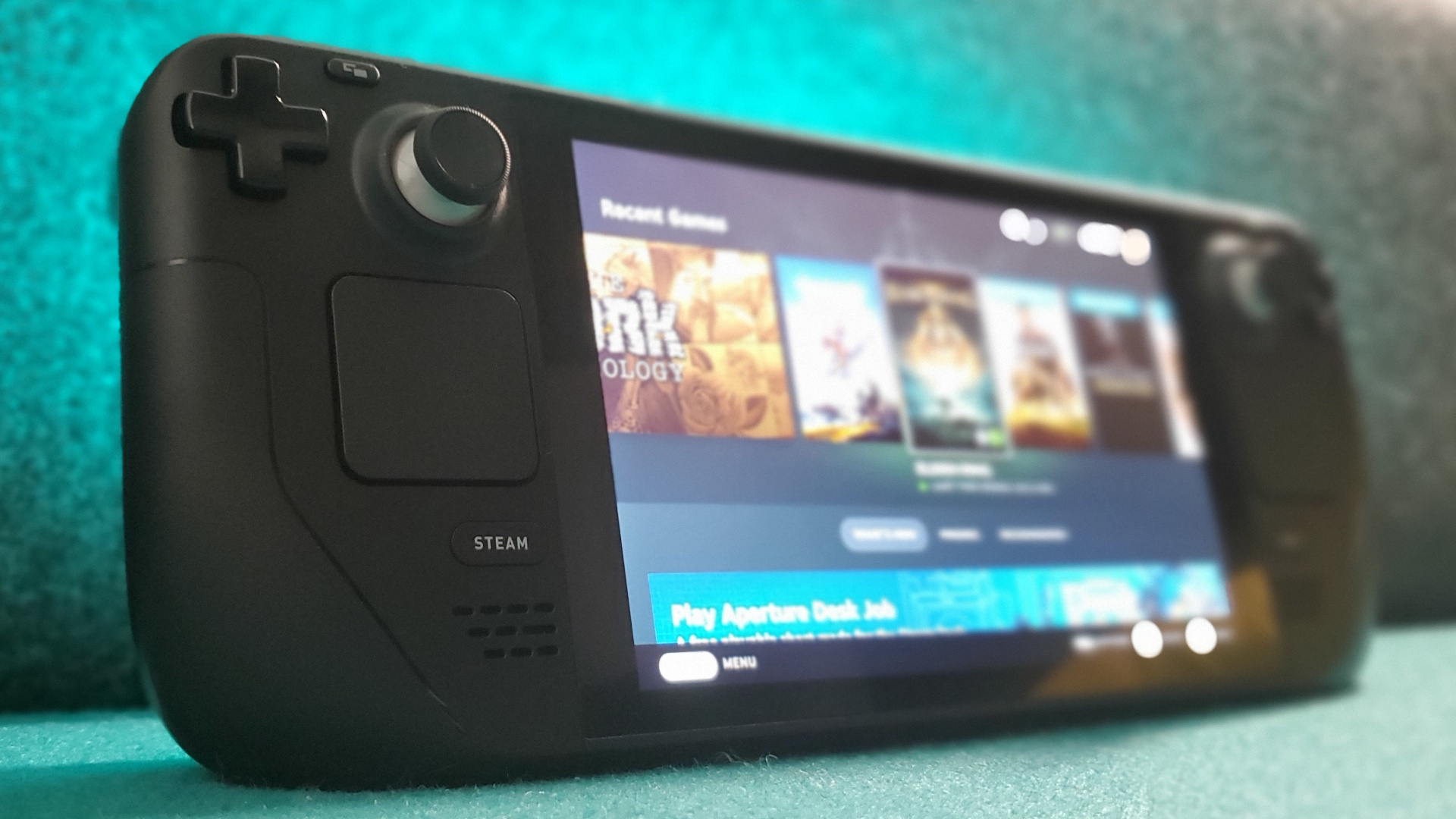
Valve has already cemented its name in the handheld PC market with the Steam Deck. All it had to do was show that handheld PCs are worth making and others would follow suit. Now, coming up to the Steam Deck's third birthday and millions of units sold, I can say that Valve has won. I just hope its victory lap takes it around the track one more time for a sequel.
The Steam Deck launched in 2022 and has been surpassed by much more impressive and expensive handhelds since. Yet it's still a popular choice for many a gamer looking for a budget entry into handheld gaming.
As well as being cheap, the Steam Deck has a bit of a secret weapon. Steam OS is still a very good bit of software. It's clean and easy to navigate and, thanks to Steam Decks having standardized specs, gives you a range of games you know it can run. For pure ease of use, the Steam Deck is the most console-like PC in the market right now.
Now, three years later, the gaming handheld market has grown. The Asus ROG Ally X is an excellent middle ground between the budget prices of the Steam Deck and the killer performance of Strix Point devices like the OneXPlayer OneXFly F1 Pro. And yet, the Steam Deck is still a viable choice for any gamer looking to make their way through some indie games from the comfort of their sofa. A large part is that the Steam Deck is one of the more reasonably priced handhelds out there, another is down to its software. The Steam Deck sold millions in just a year and sold out on the Steam store almost immediately after preorders went live.
The Steam Deck had a lot to live up to. It was a bit of an ambitious bit of hardware for Valve, a company that had only worked alongside companies on Steam Machines, controllers, and the Valve Index prior.
Valve had a few failures in the hardware department. The Steam Controller has its defenders, but it went from launch to discontinued with no successor in just four years, which isn't a great sign of success. The Alienware Steam Machine functioned poorly and Steam Link couldn't beat out the competition in the game streaming space.
The things Valve learned from these failures did make their way into the Steam Deck controls and Steam Remote Play, but there was some suspicion around the launch of the Steam Deck thanks to Valve's flawed hardware history.
The biggest gaming news, reviews and hardware deals
Keep up to date with the most important stories and the best deals, as picked by the PC Gamer team.
There were no mainstream handheld gaming PCs up until that point, though both Razer and Alienware had shown off handheld gaming PC concepts that would never actually launch. There were also a few handhelds on the fringes making do with weak-hearted GPUs, such as the OneXPlayer and OneXPlayer Mini. The ground was there for a home run and Valve stood up to the plate.
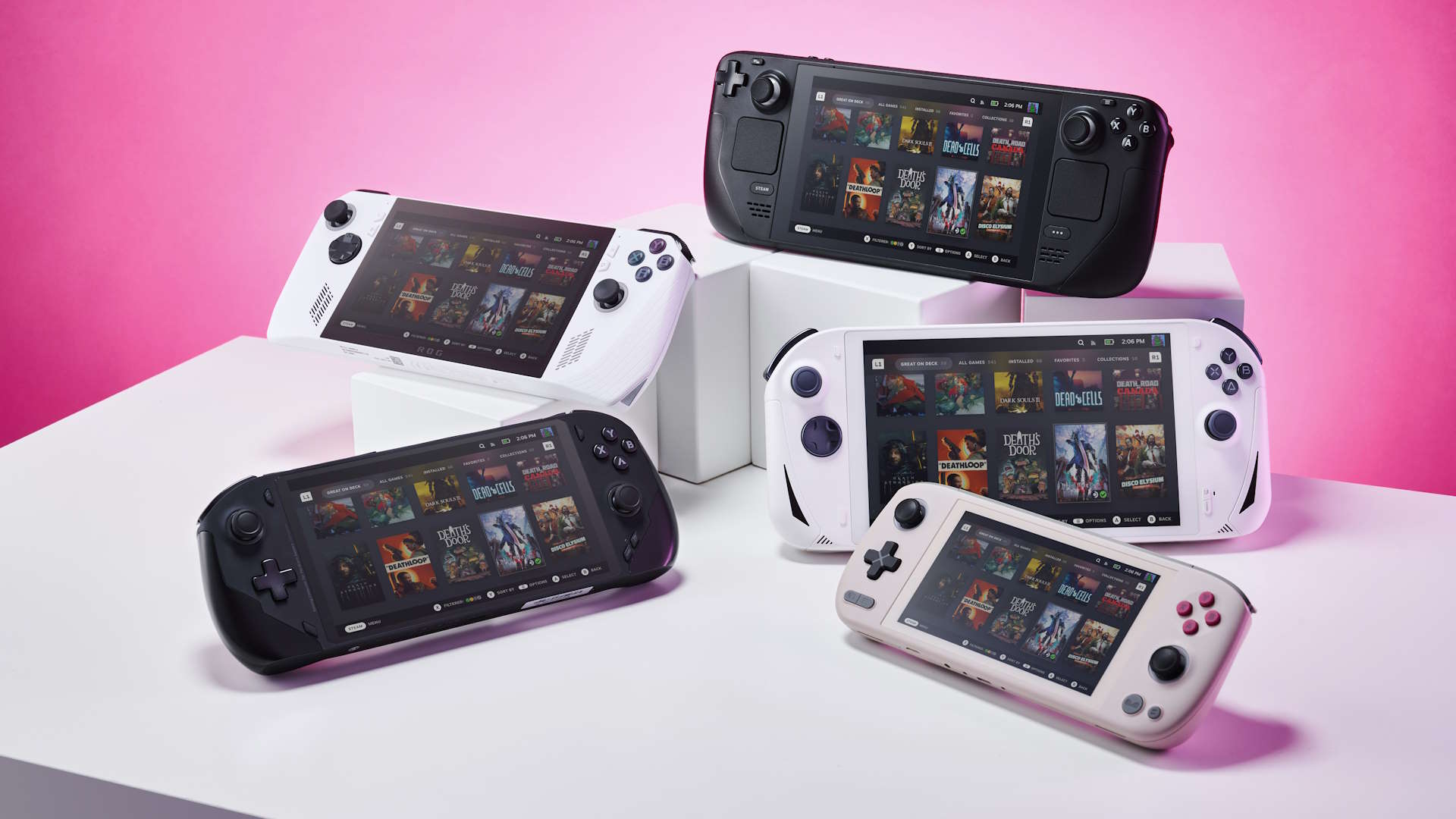
The Steam Deck proved to be a standout first attempt with great ergonomics in its controls, a sturdy feel, and finetuned compatibility with games. It became a gold standard for handheld performance for some time, which is helped by the 'playable/verified on Steam Deck' tag games can get on the Steam store. As of November last year, there were over 17,000 games in the verified or playable category on Steam.
I asked around the PC Gamer office if anybody still uses their Steam Deck and got a resounding "nah" but that's partially because we're spoiled for new tech, as comes with writing about hardware for a living. It's also because we're all hardware geeks at heart, who love to tinker and play around with game settings.
I recently booted up the OneXPlayer 2 Pro and one of the most notable adjustments I'm going to have to make is guessing if my games will run on it. The 'playable on Steam Deck' tag isn't just an assurance before you buy a game, it's a game grouping that allows you to easily pick what your next installation will be. It's a handy vetting process to avoid installing something that will barely run.
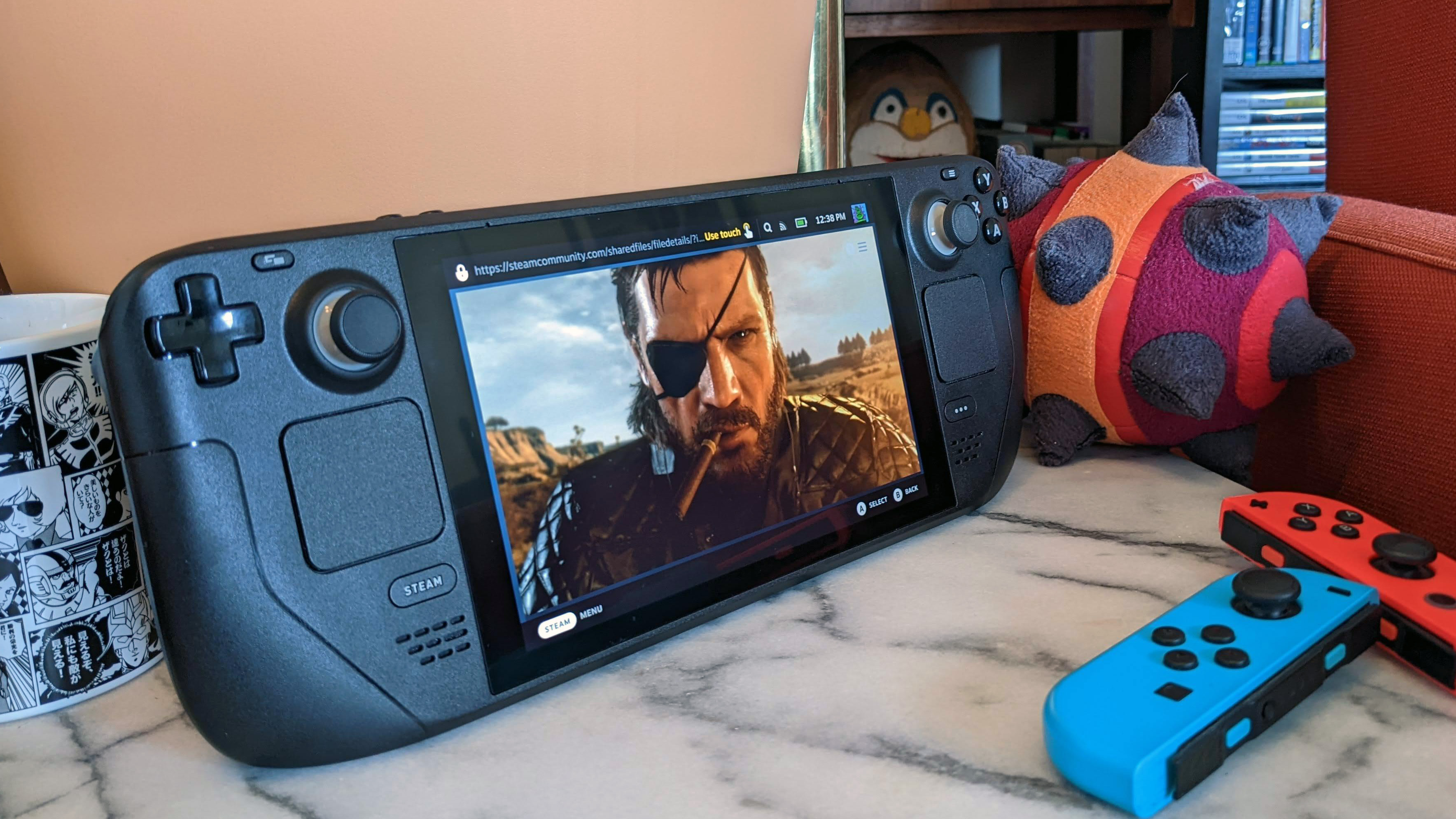
With a refresh to the Steam Deck, that 'playable on Steam Deck' tag should only get bigger, and could give a new performance milestone for developers to hit when making games. This is, of course, a necessary requirement for a device primarily run on Linux. Any Windows handheld device can theoretically run games but those working on Steam Deck have requirements to run the software to get it working.
And this brings me to the Steam Deck 2. In 2023, Valve said it's still some way off the Steam Deck 2 because there's not a justifiable jump in performance yet. This same sentiment was expressed at the end of 2024, when Valve's Lawrence Yang and Yazan Aldehayyat said they were waiting "for a generational leap in compute without sacrificing battery life".
Valve doesn't have a great track record of making follow-ups to its hardware. The second generation Steam controller has been rumoured for some time and project Deckard (AKA Valve Index 2) has still not managed to surface in the last half a decade, despite hints in Steam VR folders back in 2021. Part of what people like about Valve is that it often feels like the company is just doing what its employees want.
It could have put out a second model by now with the latest tech but it didn't. It could have given fans Half-Life 3 but instead focused on Half-Life: Alyx which, considering the install base of VR when it launched, was a bit of a niche. All of this is to say that the Steam Deck never struck me as a device looking to corner the market. It doesn't feel like a handheld intended to be the handheld.
You don't have to take my word for it. Gabe Newell said that he wants other PC makers to create their own Steam Decks back in 2021. Following this up, the Lenovo Legion Go S is getting a native Steam OS version. However, it's not just getting more devices on Steam OS that Valve is looking to do. In fact, I'd argue the Steam Deck has already done exactly what it should.
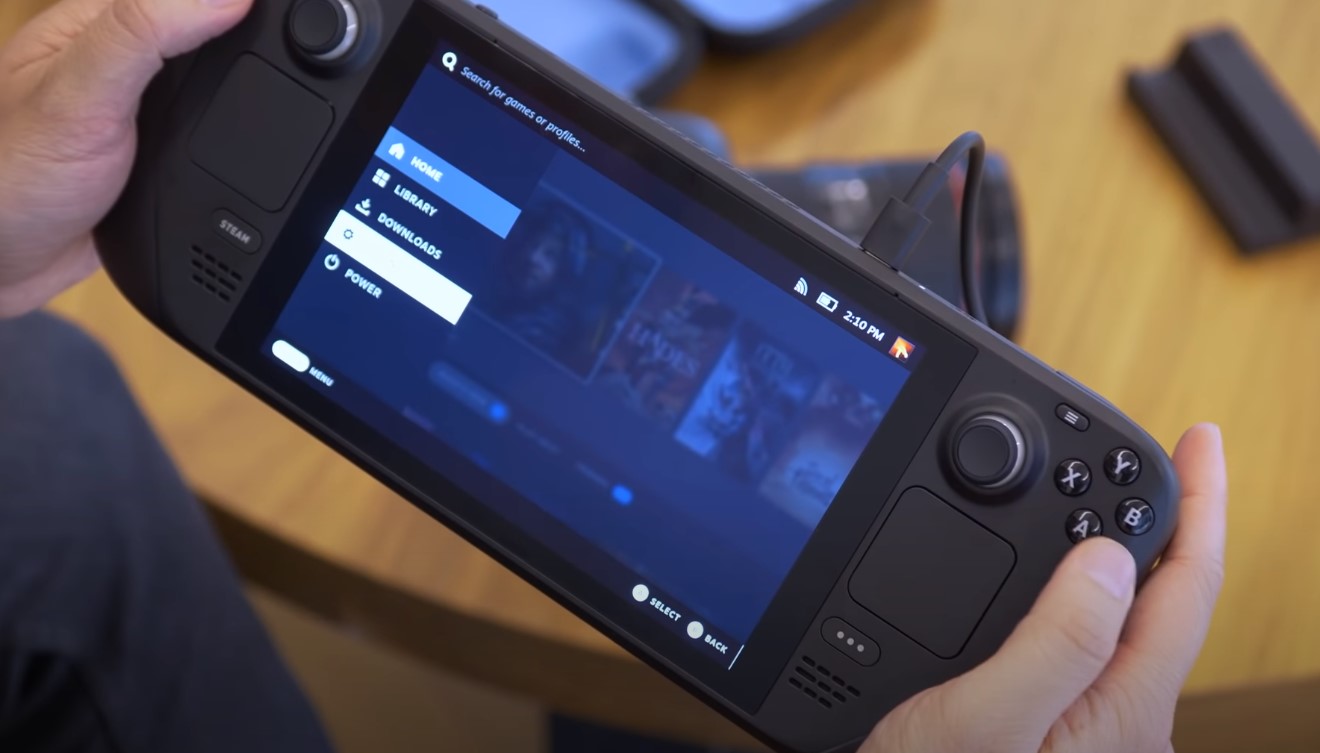
The launch of the Steam Deck ushered handheld gaming PCs into the mainstream, and naturally, Steam is the gaming platform you will download first. Heroic makes the Epic Game Store a bit (or should I say 'a lot'?) nicer but it's not as good or as popular as Valve's storefront.
Not only is Lenovo working on a Steam OS handheld with support from Valve but Asus is too. However, putting Steam OS on handheld gaming PCs doesn't feel like the final play for Valve at the end of the day. It's an option for devices, and getting out-of-the-box support without having to fiddle with any settings is certainly a nice option.
To understand what Valve is really doing here, you have to think of the big picture. I don't mean that metaphorically, I'm talking about Big Picture mode, Valve's interface intended to make controller navigation easier. Big Picture has gotten much better over the last few years, with cleaner and more specific search tools, a UI overhaul, and an easier-to-navigate storefront. Even Windows handhelds can function like a Steam OS handheld if you set Steam to automatically open Big Picture mode when you turn it on. It takes a little longer to boot up than a Steam OS native device but it's a very similar end experience once you do.
With the Steam Deck, Valve did two major things that will centre Steam at the front of the handheld PC conversation. First, as a proof of concept in the field, the Steam Deck proved that handheld gaming PCs are worth your time and money. There's a reason so many major companies followed suit after the successful launch of Steam Deck. It's likely that these companies were already exploring how to make it happen, and the release of more advanced APUs certainly helped but the near-instantaneous popularity of the Steam Deck showed potential developers that it's worth the resources necessary to develop devices.
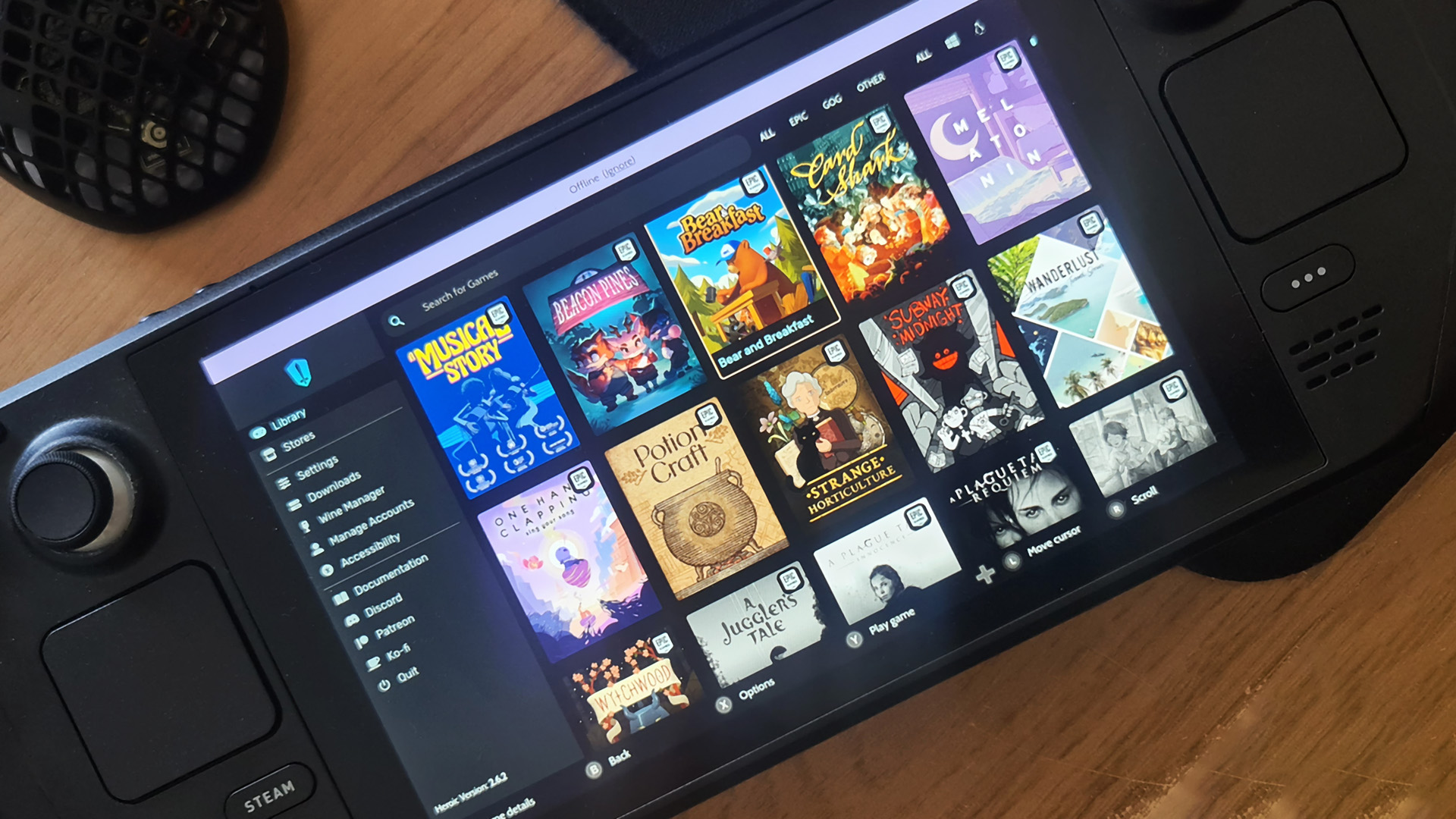
Secondly, making Steam as accessible as possible by removing almost all barriers to entry with its software meant that you never had to choose between Steam or Windows. The same is true of Steam OS. Opening it up to a broader market gives users the option to choose how they play. Valve has become ubiquitous with handheld gaming PCs and, as a result, it has already won.
The Steam Deck 2 could be a bit of a risk if not considered properly. The market has gotten bigger and much more impressive since 2022. The Steam Deck 2 being a smooth experience with good ergonomics isn't a nice surprise as a first attempt like the first machine, it's the bare minimum. And now, as plenty of big players like Asus and Lenovo get to the market, the Steam Deck 2 needs to outperform or outprice its competition by a great enough margin to convince prospective buyers to pick it up.
The Steam Deck's success made handheld PC gaming relevant, and Valve never really needs to put out the Steam Deck 2 to continue benefiting from its role in the market, even though I really want one anyway. The market saw a shakeup right after the launch of the Steam Deck and there's room to do the same with the second one, whatever form that may take. Maybe give us Half-Life 3 first though.

James is a more recent PC gaming convert, often admiring graphics cards, cases, and motherboards from afar. It was not until 2019, after just finishing a degree in law and media, that they decided to throw out the last few years of education, build their PC, and start writing about gaming instead. In that time, he has covered the latest doodads, contraptions, and gismos, and loved every second of it. Hey, it’s better than writing case briefs.
